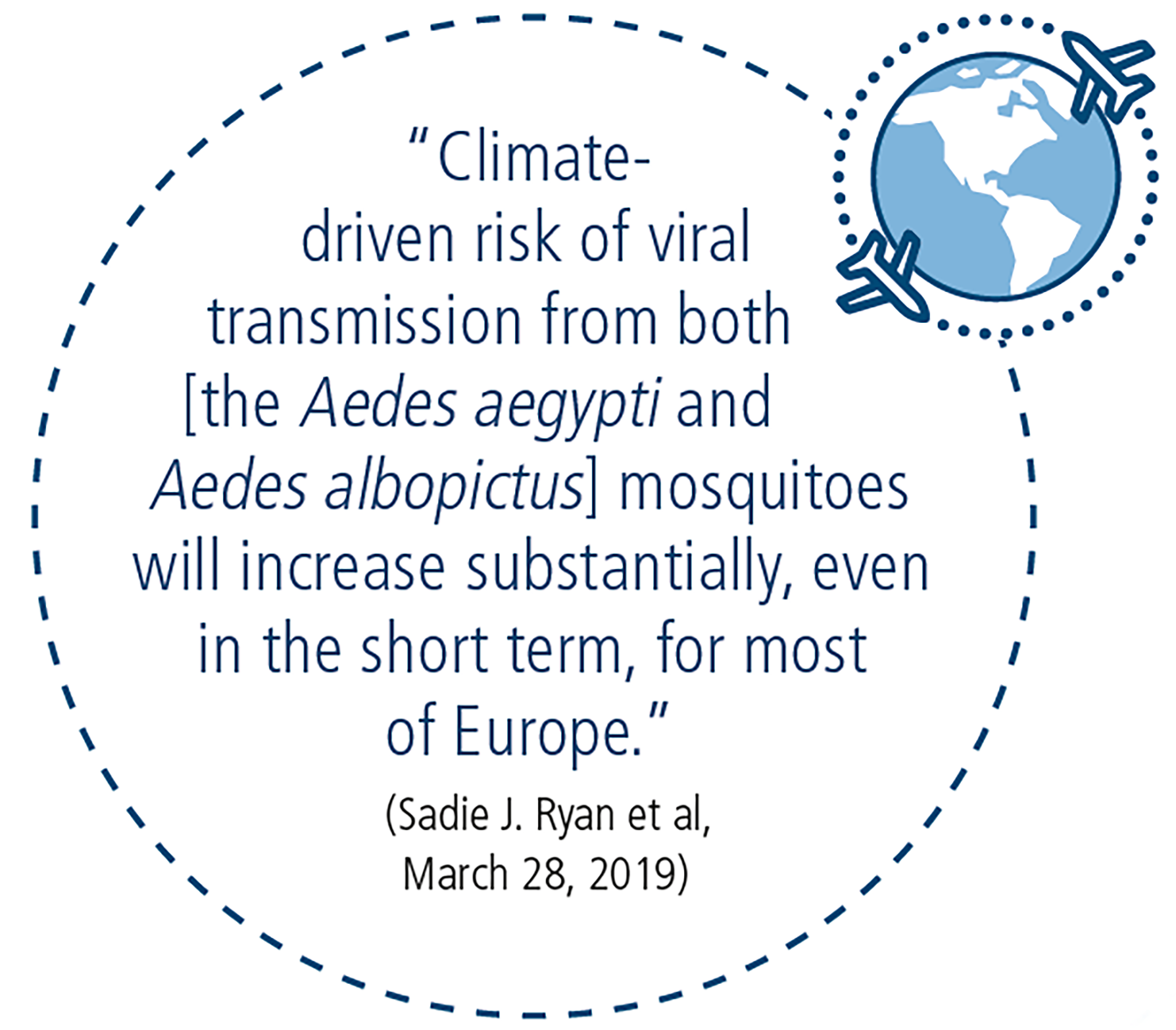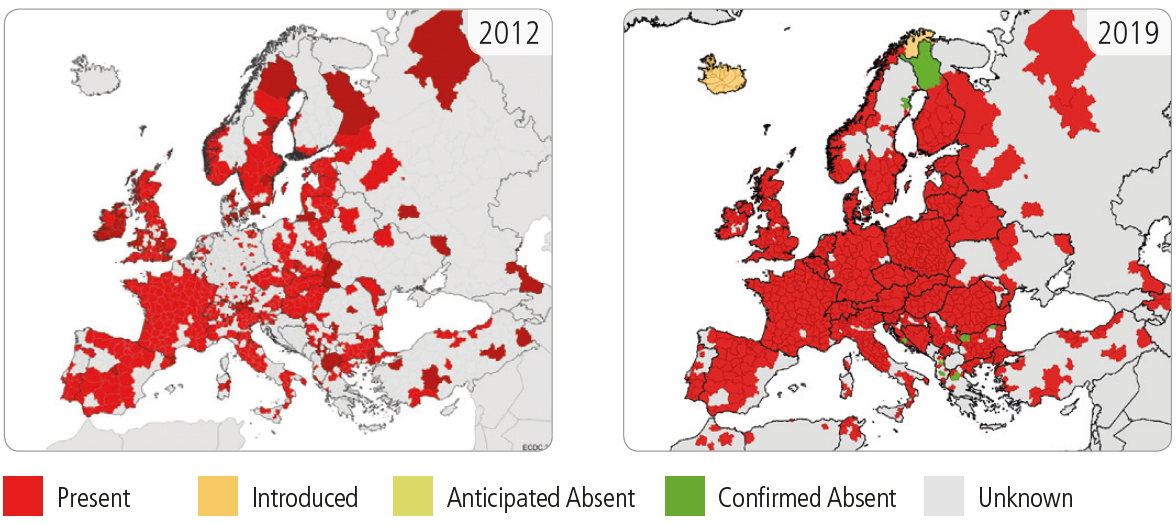|
Insects make up half of all living organisms and play an essential role
in our ecosystem,
contributing to pollination and the food chain of
birds and other insectivores. Only a few pose a threat to human health
in Europe, but that threat can be serious. Others are more of a nuisance.
Repellents and insecticides are critical to help tackle the growing
presence and nuisance of various troublesome insects. They also fall
under the scope of biocidal products and are in A.I.S.E. product
portfolio.
|
|

|
In order to learn more about insects’ presence, impact and control
in Europe, and see how diverse the situation is among the different EU
Member States, download the A.I.S.E. brochure:
|
This brochure includes also an
overview on:
- The most common troublesome insects found in Europe and why
they are a problem
- Various data from ECDC on the evolution of
insect-transmitted diseases
- The rigorous legislative process in place to place
repellents & insecticides on the market
- Tips for prevention & safety
- A vast number of scientific literature references on the
topic

A drastic evolution of ticks between 2012 and 2019 in Europe Source:
ECDC
These findings indicate a growing need
to protect against infection, infestation and insect-transmitted disease
in and around homes, healthcare and other institutional settings in
Europe. In this context, repellents and insecticides provide a vital
line of defence, responsibly used and strictly regulated in Europe under
the Biocidal Products Regulation.
Efficacy of topical mosquito repellents
Research undertaken by the industry to validate the efficacy of repellents confirms that two alternative methods can be used in Europe as alternatives to the conventional arm in cage test for assessing topical insect repellents. This research was funded jointly by A.I.S.E. and Biocides for Europe, and the results have been published by the Oxford Academic Press.